Must-watch films from directors Paul Thomas Anderson, Scorsese, and Kubrick
Explore the powerful and distinct cinematic worlds crafted by three legendary directors: Paul Thomas Anderson, Martin Scorsese, and Stanley Kubrick. This collection highlights some of their most essential and impactful films.


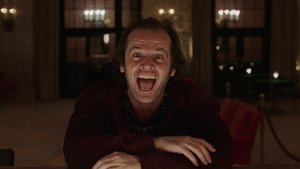
Stepping into the filmographies of Paul Thomas Anderson, Martin Scorsese, and Stanley Kubrick is like entering a masterclass in storytelling and visual artistry. Each director possesses a unique voice, yet they share a common thread of profound insight into the human condition, often exploring complex characters grappling with ambition, obsession, and the darker sides of society.
Martin Scorsese is synonymous with gritty, visceral tales of crime, guilt, and redemption, often set against the backdrop of urban landscapes. His films pulse with raw energy, propelled by dynamic camera work and unforgettable performances. Think of the intense character studies or the sweeping sagas of rise and fall that define his style.
Stanley Kubrick, on the other hand, was a meticulous perfectionist, known for his diverse filmography that spanned genres from science fiction to horror to historical epics. His work is often characterized by striking symmetry, unsettling psychological depth, and a detached, intellectual perspective on humanity's follies and fears. Kubrick's influence is undeniable, shaping countless filmmakers who followed.
Then there's Paul Thomas Anderson, often seen as a spiritual successor to these giants, particularly drawing comparisons to the character-driven dramas of Scorsese and the formal precision of Kubrick. PTA excels at crafting intricate ensemble pieces and intense character portraits, delving into the lives of flawed, compelling individuals searching for meaning or connection in often chaotic worlds. His ability to evoke specific eras and places, combined with powerful performances, makes his films deeply resonant.
Together, these three directors represent a pinnacle of cinematic achievement, pushing boundaries and creating works that continue to provoke thought and inspire awe. Prepare to dive into a list of films that showcase their unparalleled talent.
14. Hard Eight (1996)
Before Boogie Nights, Paul Thomas Anderson made his feature film debut with Hard Eight (originally titled Sydney). This understated neo-noir follows a professional gambler who takes a down-and-out man under his wing, introducing him to the world of casinos in Reno.
The film features strong performances from Philip Baker Hall as the seasoned gambler Sydney, John C. Reilly as his protégé John, and Gwyneth Paltrow as a cocktail waitress. Samuel L. Jackson also appears in a smaller but significant role.
Anderson's direction is assured even in this early work, focusing on character dynamics and mood over plot twists. It's a quiet, character-driven piece that hints at the talent he would fully unleash in his subsequent films.
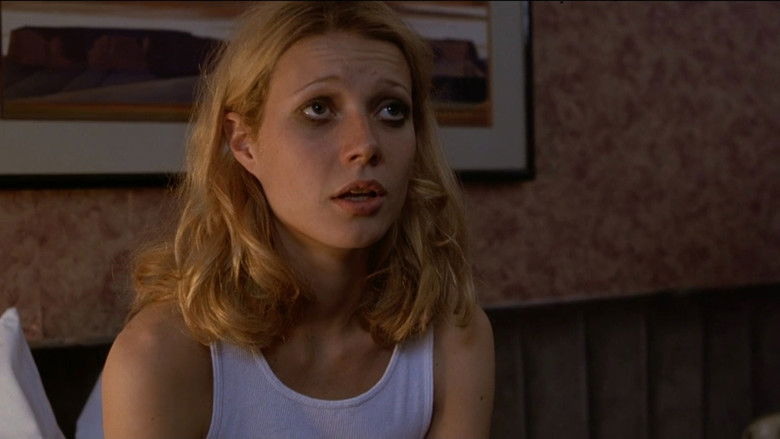
13. Inherent Vice (2014)
Dive into the hazy, psychedelic world of 1970s Los Angeles with Paul Thomas Anderson's Inherent Vice, a loose adaptation of Thomas Pynchon's novel. The film follows Doc Sportello, a perpetually stoned private detective investigating the disappearance of his ex-girlfriend.
Joaquin Phoenix stars as Doc, delivering a wonderfully shaggy and bewildered performance. The film boasts a large and eclectic supporting cast, including Josh Brolin, Owen Wilson, Katherine Waterston, and Reese Witherspoon, all contributing to the film's surreal atmosphere.
Staying true to Pynchon's style, the narrative is complex and meandering, prioritizing mood and character over a straightforward plot. The film's look and feel perfectly capture the sun-drenched, slightly paranoid vibe of the era. Jonny Greenwood provides another distinctive score, blending jazz and experimental sounds.
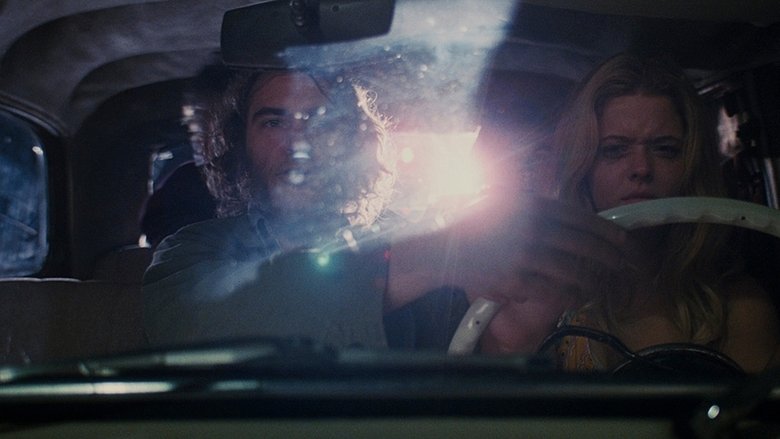
12. Punch-Drunk Love (2002)
Paul Thomas Anderson took a surprising turn with Punch-Drunk Love, a quirky, unconventional romantic comedy starring Adam Sandler in a rare dramatic role. Sandler plays Barry Egan, a lonely, socially awkward man whose life changes when he finds love and gets involved in a bizarre phone-sex scam.
Sandler's performance earned critical acclaim, showcasing a depth and vulnerability not typically seen in his comedic work. He stars opposite Emily Watson, whose character Lena provides a gentle contrast to Barry's internal turmoil.
The film incorporates abstract, colorful visual flourishes and a unique sound design that reflects Barry's turbulent emotional state. Jonny Greenwood's score is experimental and percussive, adding to the film's offbeat charm. It's a truly original take on the romantic comedy genre.

11. The Master (2012)
Paul Thomas Anderson's The Master is a compelling and enigmatic drama exploring the relationship between a charismatic leader of a new religious movement and a troubled, rootless Navy veteran in post-WWII America.
The film features two powerhouse performances from Philip Seymour Hoffman as Lancaster Dodd, the 'Master,' and Joaquin Phoenix as Freddie Quell. Their intense, often confrontational scenes together are the film's driving force, earning both actors Oscar nominations.
Anderson shot the film on 65mm film, giving it a stunning visual depth and clarity that harkens back to classic epics. The story is loosely inspired by the early days of Scientology and its founder L. Ron Hubbard, though Anderson maintains it's a fictional exploration of post-war psychology and the human need for belonging.
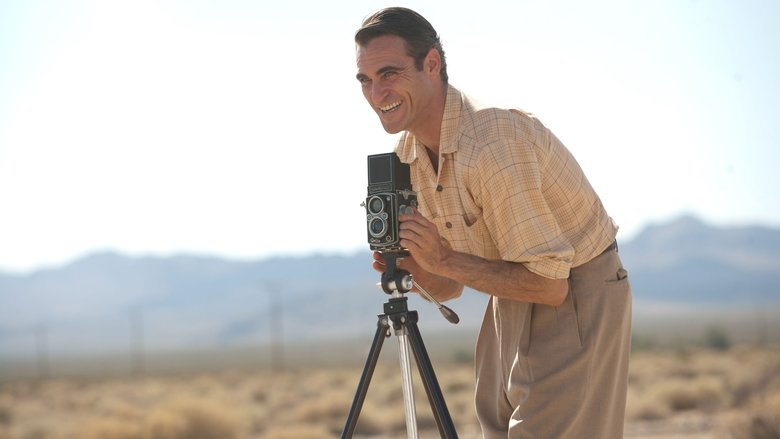
10. Phantom Thread (2017)
Set in the haute couture world of 1950s London, Paul Thomas Anderson's Phantom Thread is an exquisite and intricate character study about a demanding dressmaker and the woman who enters his life. It's a film of subtle power and unexpected dark humor.
Daniel Day-Lewis announced this would be his final film role, delivering a performance of immense precision and nuance as Reynolds Woodcock. His dynamic with Vicky Krieps, who plays Alma, is the film's captivating core.
The film's score by Jonny Greenwood is lush and romantic, yet also carries an undercurrent of tension, perfectly mirroring the complex relationship at the heart of the story. The costumes, designed by Mark Bridges, are stunning and central to the film's aesthetic and themes, earning Bridges an Academy Award.
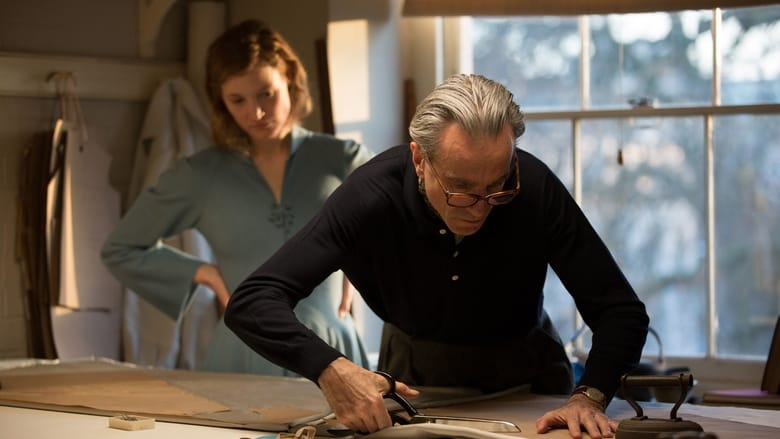
9. Magnolia (1999)
Paul Thomas Anderson's Magnolia is an ambitious, multi-narrative mosaic set in the San Fernando Valley over one eventful day. The film weaves together the lives of seemingly disconnected characters dealing with themes of regret, forgiveness, and coincidence.
The film is notable for its impressive ensemble cast, including Julianne Moore, Tom Cruise (in an Oscar-nominated performance unlike his usual roles), Philip Seymour Hoffman, William H. Macy, and John C. Reilly. The structure is complex, shifting between character arcs that eventually intersect.
One of the most striking sequences involves the characters spontaneously singing along to Aimee Mann's song 'Wise Up,' creating a moment of unexpected unity and vulnerability. Running over three hours, Magnolia is an emotionally dense and formally daring cinematic experience.

8. A Clockwork Orange (1971)
Stanley Kubrick's A Clockwork Orange is a provocative and visually striking adaptation of Anthony Burgess's dystopian novel. Set in a futuristic Britain, the film follows Alex and his gang of 'droogs' who engage in ultra-violence, before Alex is subjected to a controversial aversion therapy.
The film's unique slang, 'Nadsat,' is derived from Russian and Cockney rhyming slang, adding to its alien, futuristic feel. Malcolm McDowell's performance as the charismatic but sociopathic Alex is mesmerizing and unsettling.
Kubrick's use of production design, costumes, and unsettling music (including synthesized classical pieces by Wendy Carlos) creates a truly unique and disturbing world. The film was highly controversial upon release due to its graphic depiction of violence and was even withdrawn from distribution in the UK by Kubrick himself for many years.
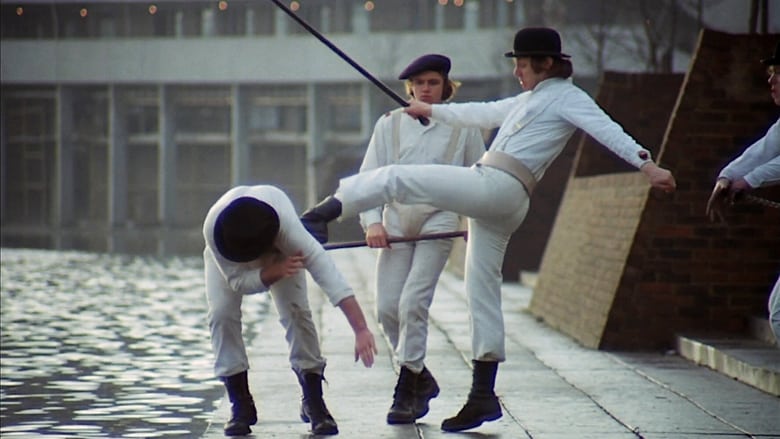
7. Boogie Nights (1997)
Paul Thomas Anderson burst onto the scene with Boogie Nights, a sprawling, poignant ensemble drama set in the Golden Age of pornography in the late 1970s and early 80s. The film is a fascinating look at a makeshift family unit formed by the industry's players.
The film features a breakout dramatic role for Mark Wahlberg as Eddie Adams/Dirk Diggler and showcases incredible performances from Julianne Moore, Burt Reynolds (in an Oscar-nominated turn), John C. Reilly, Don Cheadle, and Philip Seymour Hoffman, among others.
Anderson's direction pays homage to the filmmaking styles of the era it depicts, often using long takes and tracking shots that give the film a fluid, immersive quality. The soundtrack is a fantastic compilation of disco, funk, and rock hits that perfectly capture the period.

6. Raging Bull (1980)
Martin Scorsese delivers a knockout with Raging Bull, a stark, black-and-white portrayal of the self-destructive life of boxer Jake LaMotta. This film is celebrated for its raw emotional power and groundbreaking stylistic choices.
Robert De Niro underwent a dramatic physical transformation for the role, gaining over 60 pounds to portray the older, retired LaMotta, a dedication that earned him an Academy Award for Best Actor.
Scorsese and cinematographer Michael Chapman made the bold decision to shoot the film primarily in black and white, a choice that gives it a timeless, almost documentary-like feel, emphasizing the grit and brutality of LaMotta's world and inner turmoil. The fight sequences are choreographed with brutal, visceral intensity, unlike anything seen before.

5. The Shining (1980)
Step into the chilling isolation of the Overlook Hotel with Stanley Kubrick's The Shining. This isn't a typical jump-scare horror film; it's a slow-burn psychological descent into madness, amplified by Kubrick's meticulous and often unsettling direction.
Jack Nicholson's portrayal of Jack Torrance is legendary, embodying the character's unraveling sanity with terrifying intensity. Shelley Duvall's performance as Wendy Torrance is equally crucial, capturing her growing fear and desperation.
Kubrick famously used the newly developed Steadicam technology extensively to navigate the hotel's eerie interiors and follow characters through hallways, creating a sense of omnipresent dread. The film's ambiguous ending and myriad of visual details have fueled decades of analysis and theories, making it one of the most discussed horror films ever made.

4. Taxi Driver (1976)
Taxi Driver is a searing, unsettling descent into the mind of Travis Bickle, a lonely and disturbed Vietnam veteran navigating the gritty streets of 1970s New York City. Martin Scorsese's direction, Paul Schrader's raw screenplay, and Robert De Niro's utterly committed performance create a potent, unforgettable character study.
The film's distinctive look was partly achieved through a process called 'bleach bypass,' which desaturated the colors and increased contrast, giving the film a harsh, grimy aesthetic that perfectly matched its themes.
Bernard Herrmann's final film score, a jazzy yet melancholic piece, perfectly complements Bickle's isolation and the city's nocturnal atmosphere. Taxi Driver is a challenging but essential piece of American cinema.

3. 2001: A Space Odyssey (1968)
Prepare for a cinematic journey unlike any other with Stanley Kubrick's 2001: A Space Odyssey. This isn't just a science fiction film; it's a philosophical meditation on humanity's past and future, technology, and the unknown.
Released in 1968, its visual effects were revolutionary and set a new standard for the industry, winning an Academy Award for Visual Effects – the only Oscar Kubrick ever won personally. The film famously contains very little dialogue, particularly in its first and last acts, relying heavily on visuals and sound (or lack thereof) to tell its story.
The iconic use of classical music, such as Richard Strauss's 'Also Sprach Zarathustra' and Johann Strauss II's 'The Blue Danube,' has become synonymous with the film's imagery. 2001 remains a mysterious, awe-inspiring masterpiece that continues to spark debate and wonder.

2. There Will Be Blood (2007)
There Will Be Blood is a colossal achievement from Paul Thomas Anderson, a raw, unflinching portrait of ambition, capitalism, and corrosive solitude. Set against the backdrop of the early 20th-century oil boom, the film features a performance from Daniel Day-Lewis as Daniel Plainview that is nothing short of legendary – it earned him his second Academy Award for Best Actor.
Anderson was heavily influenced by the novel Oil! by Upton Sinclair, though the film takes significant departures, focusing more intensely on Plainview's character and his rivalry with preacher Eli Sunday, played with unsettling intensity by Paul Dano.
The film's haunting score, composed by Radiohead's Jonny Greenwood, plays a crucial role in establishing its oppressive atmosphere, often using dissonant strings and abstract sounds rather than traditional melodies. It's a powerful, almost biblical epic that lingers long after the credits roll.

1. GoodFellas (1990)
Fasten your seatbelts for GoodFellas, Martin Scorsese's electrifying deep dive into the lives of mobsters. This isn't just a crime film; it's a masterclass in style, energy, and storytelling. The film is based on the non-fiction book Wiseguy by Nicholas Pileggi, who also co-wrote the screenplay with Scorsese.
The famous 'Copacabana tracking shot,' where Henry Hill leads Karen through the nightclub kitchen, was reportedly filmed in just one take because Scorsese couldn't get permission to block off the main entrance for long enough. It's a legendary piece of filmmaking that perfectly captures the seductive allure of their lifestyle.
With iconic performances from Ray Liotta, Robert De Niro, and Joe Pesci (who won an Oscar for his portrayal of Tommy DeVito), GoodFellas redefined the gangster genre and remains a cornerstone of modern cinema. It's a wild ride that pulls you in from the very first frame.

